PUERTO RICO: Post Hurricane Maria
On September 19, 2017 the island of Puerto Rico had experienced a category 5 hurricane. This hurricane became the islands strongest storm in 85 years, making it the worst natural disaster for Puerto Rico. It’s eye catching destruction took course through the central parts of the island. The electricity was cut off, causing nearly 3.4 million residents to be left without power, 80 percent of the islands agricultural supply had been destroyed along with the cellular phone service being knocked out. The New York Times tells us there was at least 1.7 million people without potable water, and a limited food supply. Close to half of the residents are living below the poverty line. A large percent of the population are at the age of 65 and older, leaving them very vulnerable. While Puerto Rico was in dire need of support, the President of the United States, Donald Trump responded to the call for help by declaring it as not a “real catastrophe” then, arguing about how the natural disaster, that is a storm had “throw our budget a little out of whack.” Later he stated that “we saved a lot of lives” then left on his way back home.
Powerful winds and high waves rampaged through Puerto Rico, creating an aftermath of mass debris: roads blocked by massive trees and boulders, bridges collapsed, and dams bursting. The aftermath of the hurricane led to an estimated 40 billion to 85 billion dollars in insured losses. Information gathered by the AIR world wide.
According to Mr.Jose Rivera, a security officer here at Hall, his hometown of Aibonito was severely damaged. At one point, “I saw a helicopter delivering food and supplies to those in need..it was truly heartbreaking.” Said Rivera during a brief interview. When asked if he felt if the United States had responded properly to the disaster, Rivera stated, “Distributing supplies to the island is indeed difficult. Due to its mountainous climate, it’s not as easy to deliver supplies to some areas.” Rivera continued on, “Logistics are hard, news coverage on island like Puerto Rico isn’t quite easy.”
Not only did the hurricane effect staff members in hall but also the students. Ezequiel Unger, who has family in Puerto Rico commented that he, “..Couldn’t get in contact with my family for a while, I was worried sick.” As he continued to view the reportings of damages in Puerto Rico, Ezequiel began to collect donations here at hall. “I gathered around 400 dollars here at hall, to donate to those in need.” Who may be in need you may ask? Puerto Rico’s death rate may go as high as 1052 people. According to the New York Times. Since the ending of the storm on September 20th, 2017 more than, “..140 million people have fled..” from the island (USATODAY.com). In hopes of recovering all that they had lost.
“The storm made communicating with my family members nearly impossible.” Said Shayneshka Donado Rivera, an eleventh grade student here at hall. “His farm is gone, his diet is very dependent on it. He’s a vegetarian.” When asked how well she felt the United States media covered the disaster, Donado Rivera stated: “There was better coverage on Facebook than on national Television! People posted videos and pictures, first hand accounts, of what was really occurring on the island.” Instances such as, rivers plowing into the sides of buildings and landslides destroying entire neighborhoods.


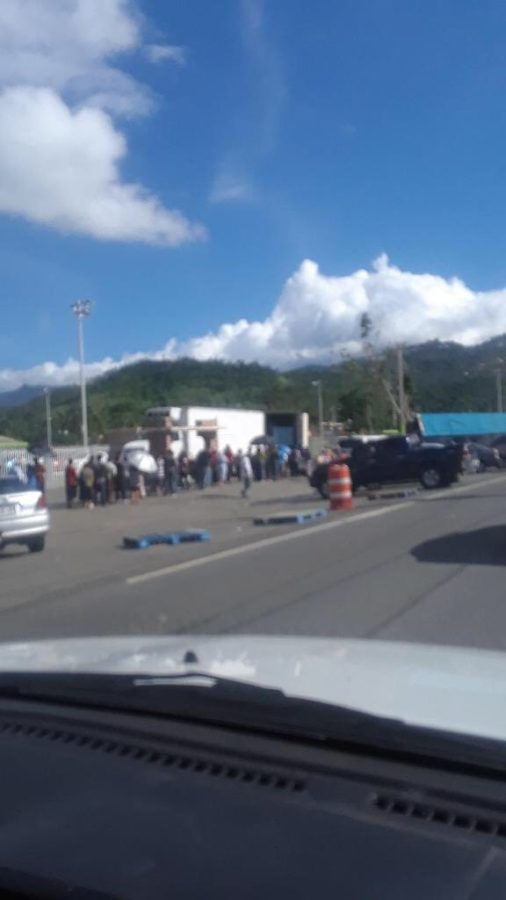
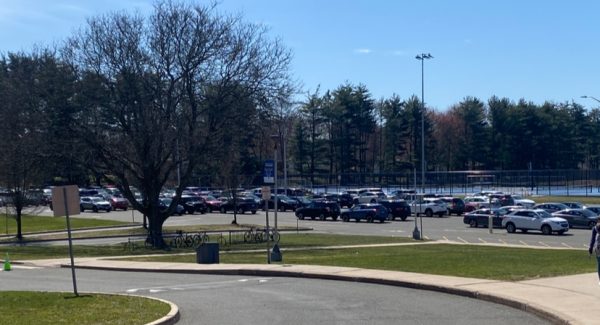
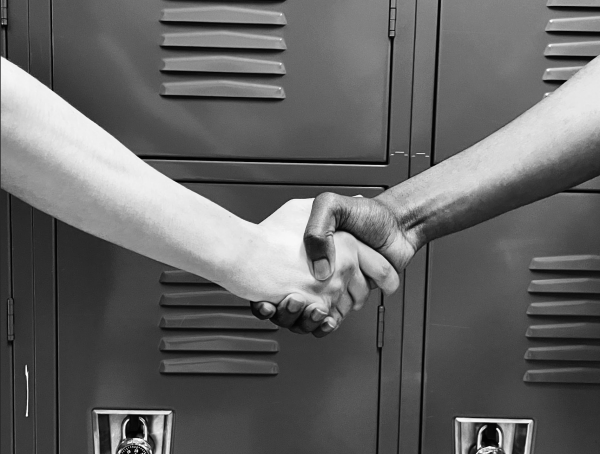
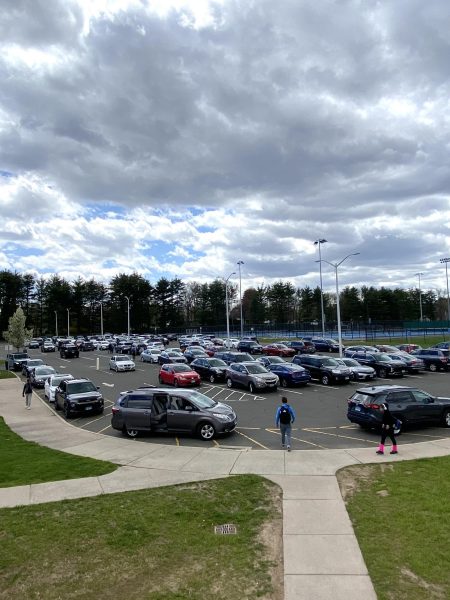
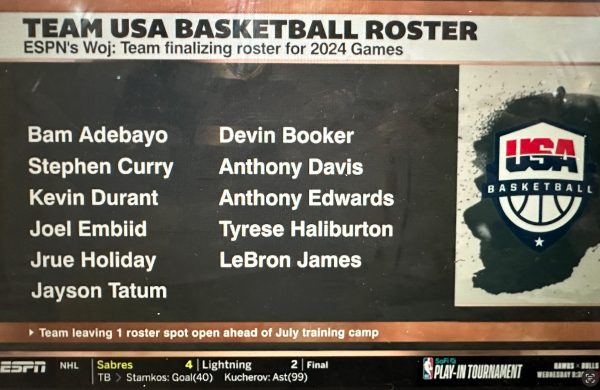
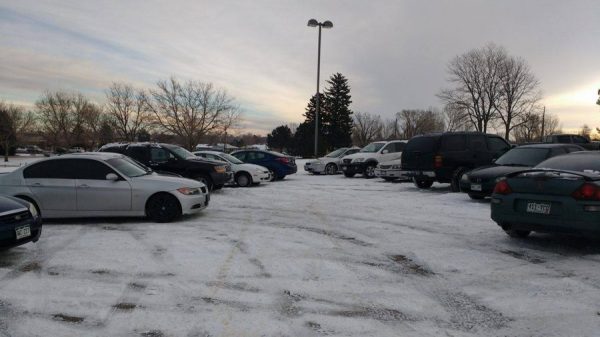


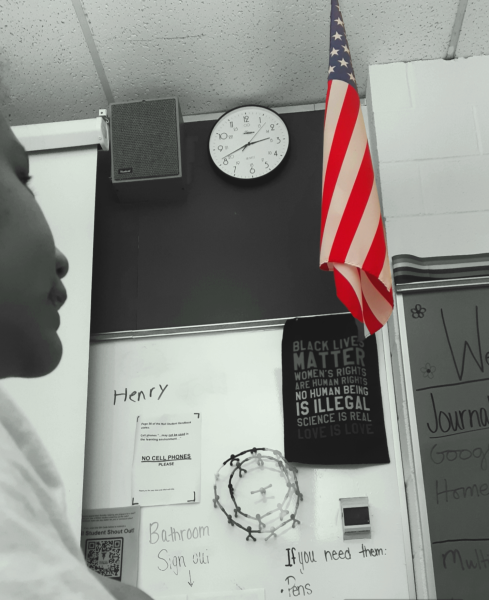
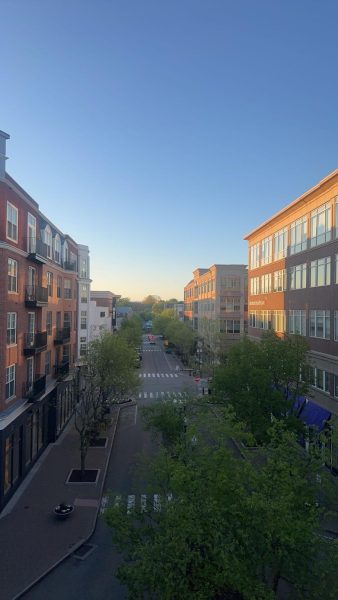
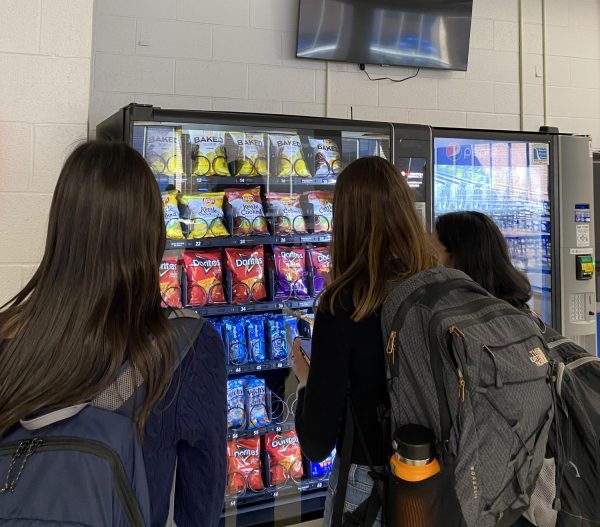


Jorge • Feb 3, 2018 at 5:44 pm
I just want to say thank you for covering this story I came to this school after the hurricane mid semester, and everyone has been amazing . Again thanks for shedding light on this very important subject